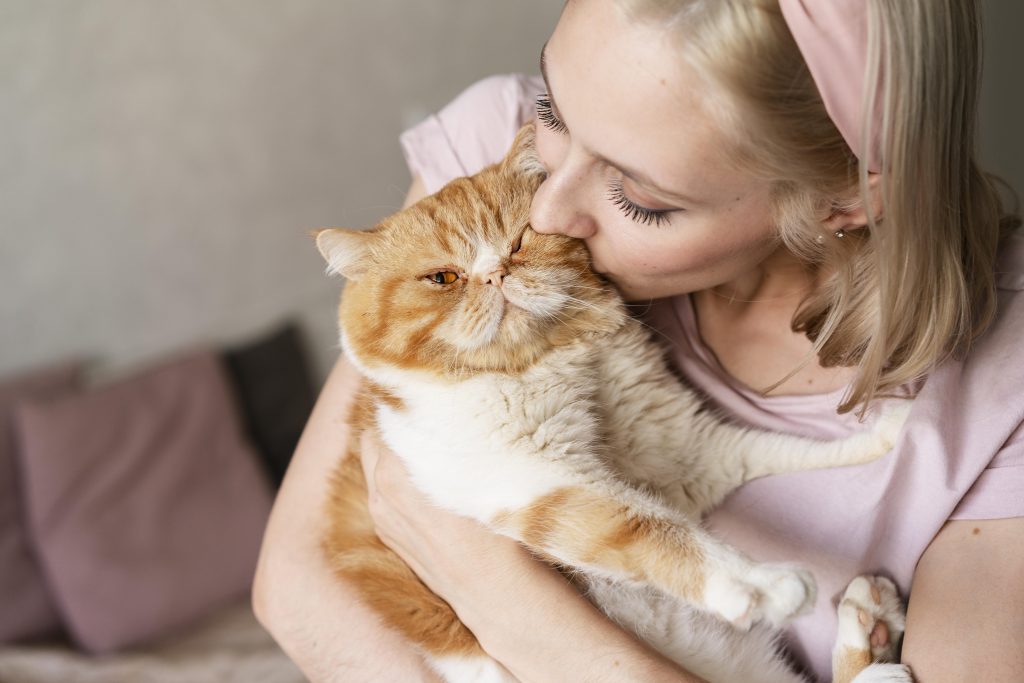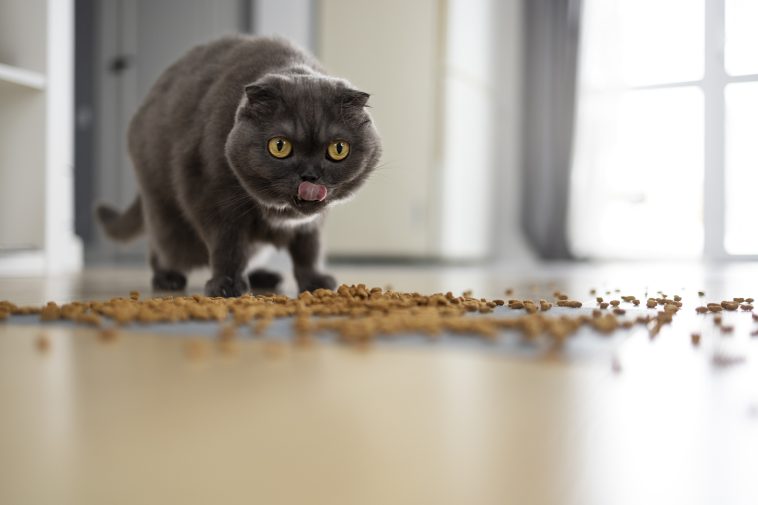Introduction: Cat owners often revel in the joy of affectionate moments with their feline friends, but what happens when seemingly unprovoked cat attacks shatter the tranquility? This guide delves into the mysteries behind a cat’s sudden aggression, providing insights into common reasons and effective management strategies.

Section 1: Unraveling the Mystery Overview: Exploring the perplexing world of unprovoked cat attacks and the need for understanding feline behavior.
- Sudden Changes in Behavior: The importance of ruling out health issues as a potential cause for sudden aggression.
Section 2: Play Aggression Overview: Recognizing and managing aggression stemming from playful interactions.
- Signs and Symptoms: Identifying play aggression through biting, scratching, and pouncing.
- Management Techniques: Ignoring, leaving the room, and positive reinforcement for appropriate play behavior.
Section 3: Petting-Induced Aggression Overview: Navigating the complexities of aggression triggered by petting or unwanted handling.
- Recognizing Triggers: Understanding overexcitement and negative reactions during petting sessions.
- Management Strategies: Allowing cats to initiate and end petting, positive reinforcement for calm behavior, and supervision of children.
Section 4: Fear Aggression Overview: Addressing aggression fueled by fear, especially in unfamiliar settings or with strangers.
- Manifestations: Attacking, scratching, hissing, and growling as fear responses.
- Desensitization Techniques: Gradual exposure, creating safe spaces, and minimizing stress during unfamiliar encounters.
Section 5: Territorial Aggression Overview: Tackling aggression linked to territorial instincts and dominance tactics.
- Behavioral Signs: Lunging, biting, scratching, and blocking access to rooms.
- Effective Strategies: Ignoring the cat, rewarding calm behavior, and establishing peaceful interactions.
Section 6: Maternal Aggression Overview: Understanding aggression exhibited by mother cats protecting their kittens.
- Creating Safe Spaces: Providing a quiet, low-stress environment for mother cats.
- Managing Human Interaction: Limiting visitors, avoiding contact during signs of aggression, and allowing time for maternal instincts to subside.
Section 7: Redirected Aggression Overview: Exploring aggression redirected from external stimuli to people within the household.
- Outlets for Aggression: Directing impulses towards toys, play sessions, and mental stimulation.
- Environmental Management: Covering windows, using calming products, and considering anti-anxiety medications.
Section 8: Pain-Induced Aggression Overview: Unveiling aggression arising from pain or discomfort.
- Identifying Pain Indicators: Recognizing signs of pain during petting or handling.
- Resolving Underlying Causes: Treating injuries or joint diseases to alleviate pain-induced aggression.
Conclusion: A Harmonious Bond By unraveling the layers of feline aggression, cat owners can foster a deeper understanding of their pets’ needs. Whether it’s playful antics, territorial instincts, or underlying health issues, proactive management and a patient approach can transform unprovoked attacks into moments of trust, love, and a harmonious bond between cats and their human companions.**


